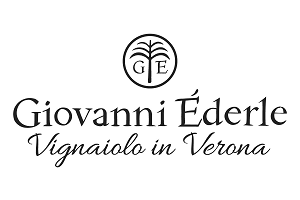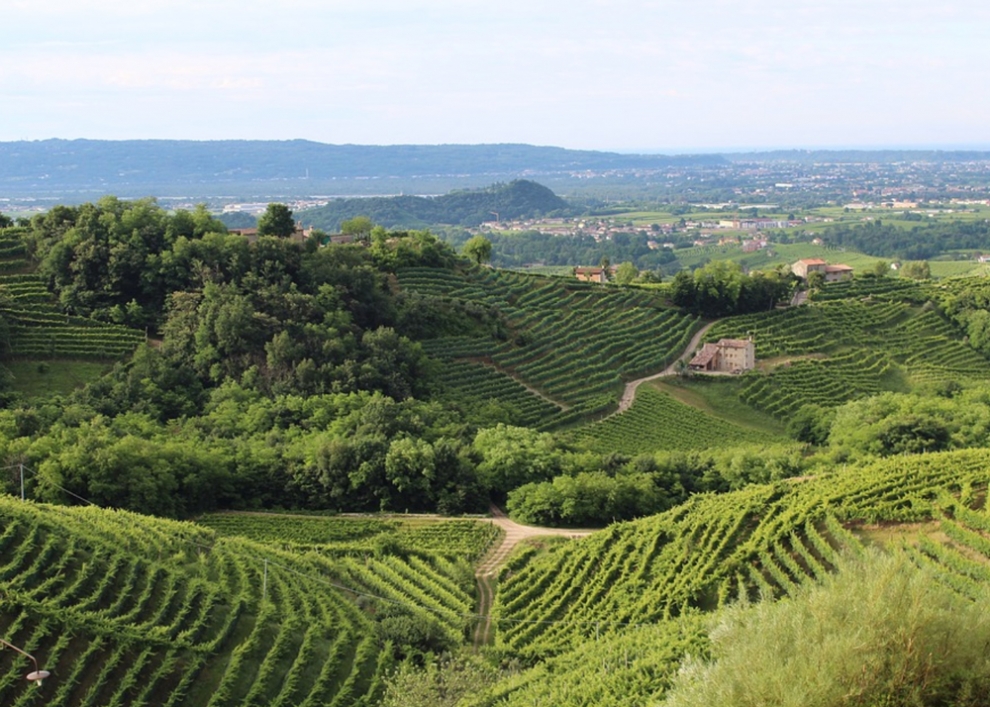Wines
Bianco Veronese - Terra Gialla Igp
Terra Gialla displays an intense golden hue, conferred by macerating the Garganega and Chardonnay grapes for a few hours on their skins. Juicy notes of yellow peaches emanate from the glass, accompanied by floral, broom-like nuances. A citrusy hint of citron zest, a refreshing little bunch of herbal aromas (pennyroyal and marjoram in particular), and a sensation of toasted almonds complete the bouquet. Its flavour is clean and lively, with a marked tanginess and freshness that tend to have the upper hand over the wine’s warm, alcoholic elements, making it supple and easy to drink. The limpid finish offers echoes of juicy yellow fruit and appealing hints of bitter almonds. This wine’s great freshness make it ideal for quite fatty foods, such as fried vegetables in bat-ter, soppressa (Veronese salami), or a tasty, buttery risotto.
| Vine species: | Garganega (60%) and Chardonnay (40%) |
| Denomination: | Igp Bianco Veronese |
| Soils: | clayey, loamy, calcareous |
| Year planted: | 2006 |
| Altitude: | 220m asl |
| Exposure: | east-south-east ridge |
| Cane training system: | Guyot |
| Planting density: | 5700 plants/Ha |
| Grape yield per hectare: | 9000 kg |
| Harvest season: | chardonnay end of August, garganega end of September |
| Harvesting: | by hand, by selection |
| Temp. of fermentation: | 15°C |
| Duration of fermentation: | 30/35 days |
| Maceration: | prefermentation at 12°C for 24 hours |
| Fining: | 12 months in medium untoasted French oak barrels |
| Fining in the bottle: | 1 year |
| Maximum aging time planned: | 7-8 years |
| Alcoholic content: | 13.0% vol |
| Colour: | gold |
| Aroma (nose): | yellow peach, broom and aromatic herbs, pleasant citrus notes that recall the cedar |
| Taste: | energetic, sapid and remarkably fresh. Juicy yellow fruit and bitter almond. |

Giovanni Ederle
Giovanni Ederle was born on January 30, 1987 in Negrar, Valpolicella. Already at the age of 18 he decided to start this project, ambitious and partly unconscious: to grub up the old vineyard, now irrecoverable, by laying the new barbatelle and assisting them alone in growth over the next two years. The first small experimental vintage harvest dates back to 2008. I see my work, the fatigue I have done, the friendship of those who helped me, the experience of those who advise me, the patience of those who endured me. The reason is that the agricultural activity gives me the opportunity to preserve my land for the future, continuing to cultivate unusual terraces, renovating the ancient dry walls and replenishing the old varieties of these lands”.

Veneto
Veneto’s wines are some of Italy’s best known exports – the names of Soave, Bardolino and Valpolicella have long been associated with eminently drinkable Italian wines. Yet there is a lot more to this region, and indeed a lot more behind the names of its best known wines. With 26 DOCs and 13 DOCGs, Venice’s region has a substantial production of quality wine, as well as well-priced easy-drinking reds and whites bottled as IGTs. One of Italy’s most interesting wines is a product of these three grapes, the deep, dark Amarone della Valpolicella, recently promoted to DOCG status. Made from partly dried grapes in the vineyards north of Verona, it is a structured, complex and heady wine capable of great age that has gained a cult following among the wine industry’s elite.
In Treviso, north of Venice, are the towns of Conegliano and Valdobbiadene where the popular bubbly Prosecco is made using the Charmat method where the second fermentation takes place in large tanks.
In 2009 Prosecco di Conegliano e Valdobbiadene has become DOCG, encouraging reduced yields in the vineyards. Prosecco is also produced in the neighbouring Montello e Colli Asolani zone. White wines from Pinot Grigio, Sauvignon and Chardonnay are gaining in popularity and recent versions are responding well to oak ageing.
